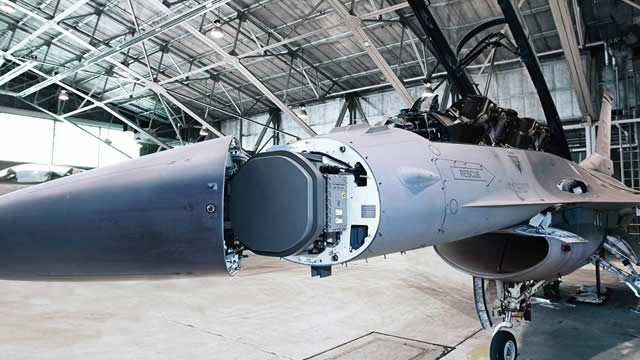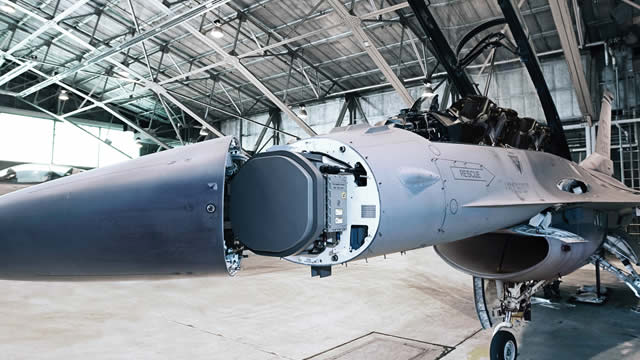
General Electric Company (GE)

GE Aerospace to invest $300M in Beta Technologies, pair up on hybrid-electric power
GE Aerospace is taking a sizable stake in electric aviation company Beta Technologies, with the pair teaming up to build a hybrid-electric turbogenerator for next-gen aircraft. GE will also invest $300 million, pending regulatory approval, under a strategic deal announced Thursday.

Is Most-Watched Stock GE Aerospace (GE) Worth Betting on Now?
GE (GE) has received quite a bit of attention from Zacks.com users lately. Therefore, it is wise to be aware of the facts that can impact the stock's prospects.

Has GE Aerospace (GE) Outpaced Other Aerospace Stocks This Year?
Here is how GE Aerospace (GE) and Woodward (WWD) have performed compared to their sector so far this year.

Is It Worth Investing in GE (GE) Based on Wall Street's Bullish Views?
Investors often turn to recommendations made by Wall Street analysts before making a Buy, Sell, or Hold decision about a stock. While media reports about rating changes by these brokerage-firm employed (or sell-side) analysts often affect a stock's price, do they really matter?

GE Aerospace (GE) is Attracting Investor Attention: Here is What You Should Know
Recently, Zacks.com users have been paying close attention to GE (GE). This makes it worthwhile to examine what the stock has in store.

GE Stock To $500?
GE Aerospace (NYSE: GE) has performed exceptionally, with the stock climbing from roughly $100 in early 2024 to about $270 today—a striking 2.7x jump. This advance reflects the company's pivot to a focused aerospace pure-play following its strategic breakup, the strength of its high-margin services business, substantial debt reduction, and solid execution amid strong demand for its LEAP engines.

GE Aerospace (GE) Is a Trending Stock: Facts to Know Before Betting on It
Recently, Zacks.com users have been paying close attention to GE (GE). This makes it worthwhile to examine what the stock has in store.

Is GE (GE) a Buy as Wall Street Analysts Look Optimistic?
Investors often turn to recommendations made by Wall Street analysts before making a Buy, Sell, or Hold decision about a stock. While media reports about rating changes by these brokerage-firm employed (or sell-side) analysts often affect a stock's price, do they really matter?

Rolls-Royce vs. GE Aerospace: Which Engine Maker Has More Thrust in 2025?
RYCEY and GE are powering aerospace growth in 2025 with bold tech bets, strong demand and rising defense tailwinds.

Why GE (GE) Might be Well Poised for a Surge
GE Aerospace (GE) shares have started gaining and might continue moving higher in the near term, as indicated by solid earnings estimate revisions.

5 Must-Buy Stocks Amid Solid Earnings Estimate Revisions After Q2 Beat
JPM, NFLX, PGR, GE and IBKR are gaining momentum as earnings beats drive up estimates for 2025 and beyond.

Investors Heavily Search GE Aerospace (GE): Here is What You Need to Know
GE (GE) has received quite a bit of attention from Zacks.com users lately. Therefore, it is wise to be aware of the facts that can impact the stock's prospects.







